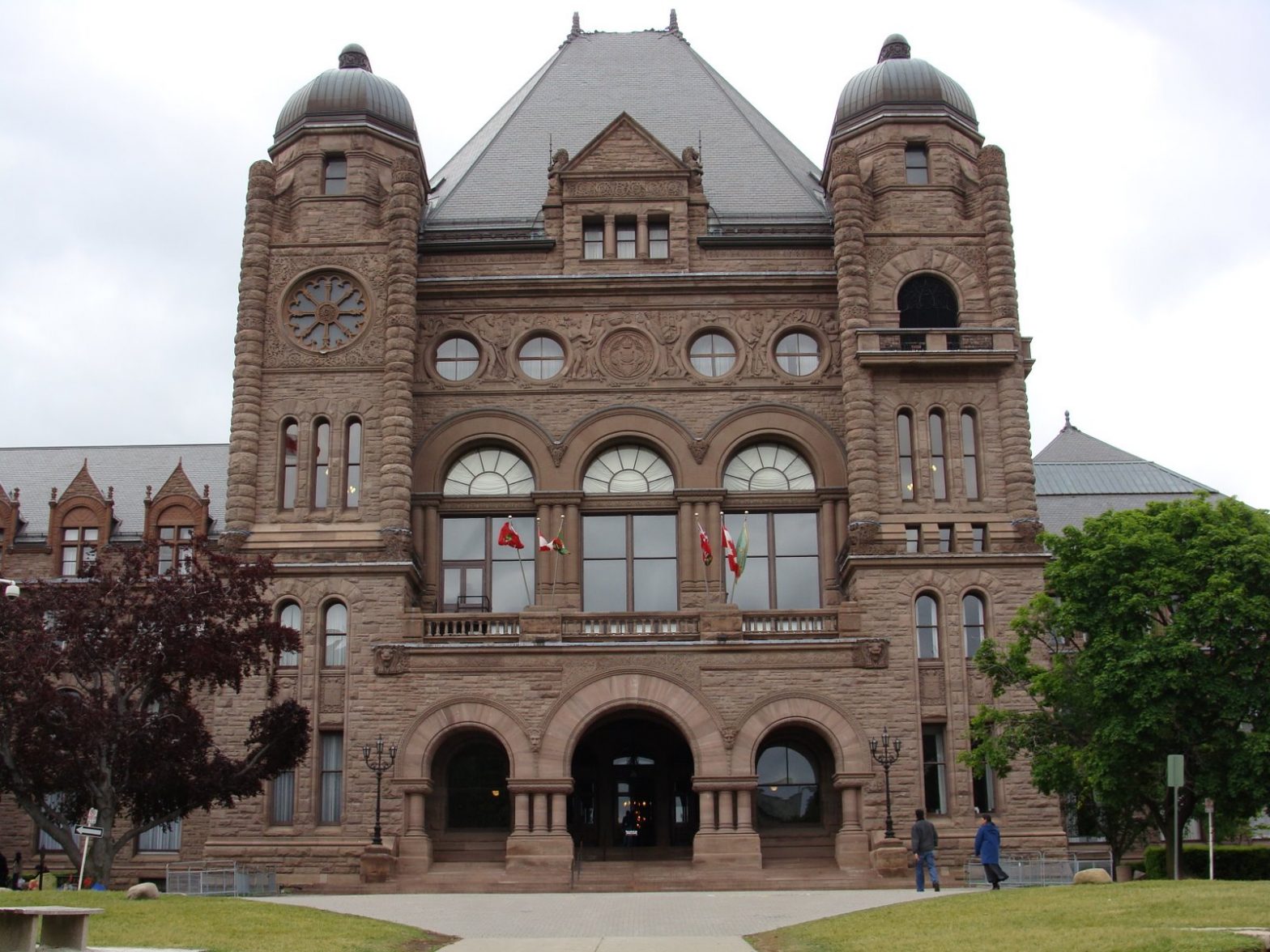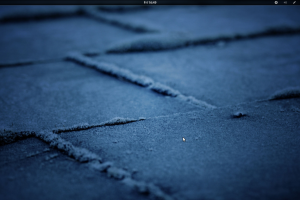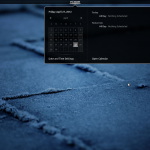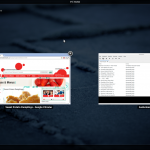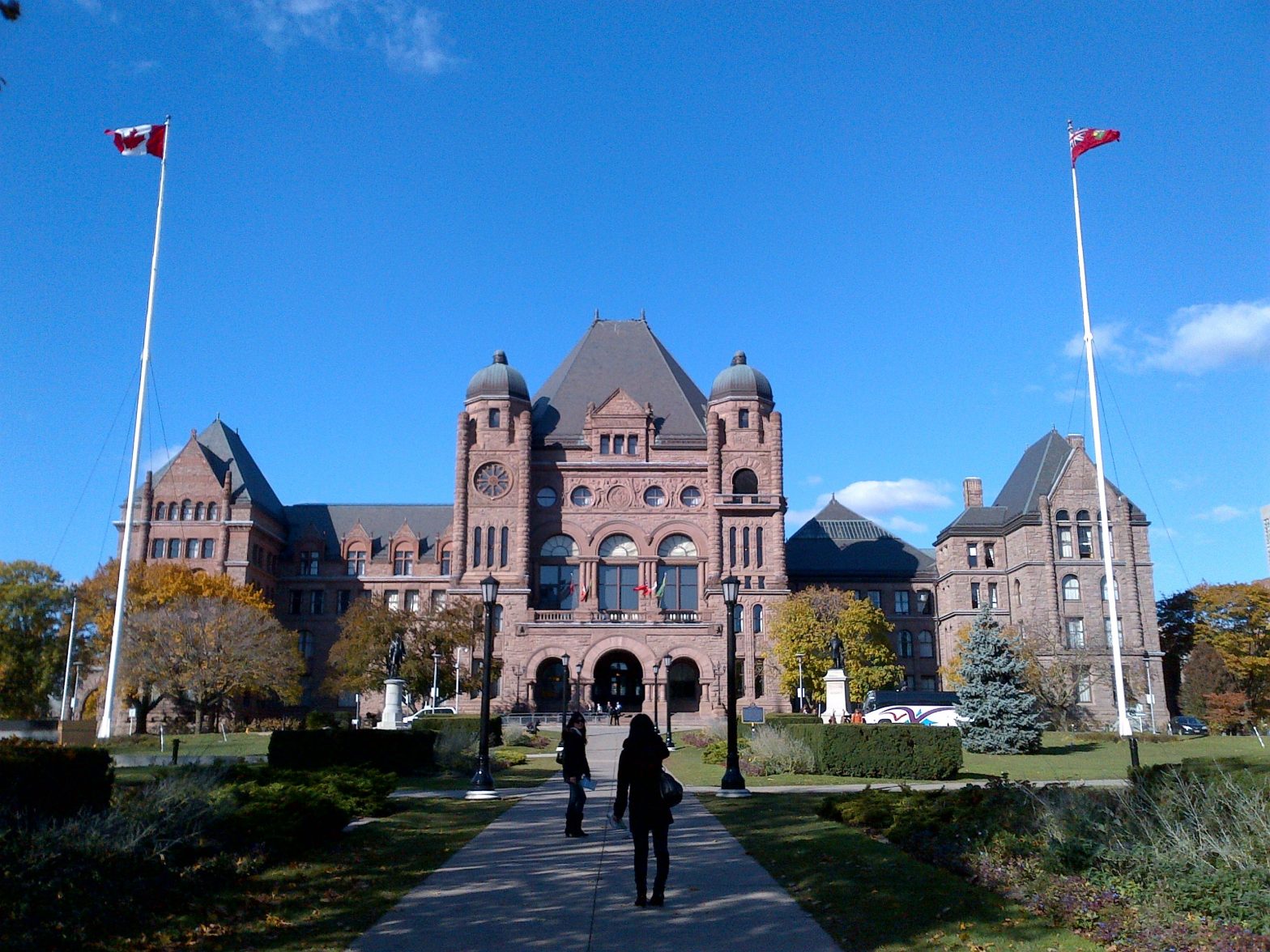Update: May 3, 2012. According to the CBC, Bill 13 has passed second reading. It will now head to committee. The end tally was 66 to 33, with the Liberals and NDP voting for its passage, and the PCs voting against it. This followed a piece by Xtra! yesterday stating that the Liberals were planning on using a rarely used maneuver to force a vote. According to MPP Glen Murray, a member of the PC party shouted “No to GSAs!” following the end of the vote.

Original Story: May 1, 2012. Of the 77 bills in this session of the Ontario legislature, the Accepting Schools Act is now in the top spot for the most debated, sharing the title with the Healthy Homes Renovation Tax Credit Act. You can find my previous coverage of the debates here and here.
Such is the state of affairs that the education minister alleged that the PCs were intentionally blocking the bill by way of stalling tactics during second reading. I’d have to agree with her. It is quite clear from the contrast between the debate with Bill 13 and the PCs own Anti-Bullying Act that they don’t want the Accepting Schools Act to pass.
No one should be surprised. The PCs ran on a homophobic and transphobic platform six months ago. In one of the earlier debates for this anti-bullying bill, they asserted that to oppose discrimination against children was to oppose religious freedoms.
This is all because the bill includes references to sexual orientation and gender identity in addition to sex, disability, and race. I believe the strength of the opposition is emblematic of precisely there’s a need for its inclusion.
Anyways, back to the debates. Yasir Naqvi, the Liberal MPP for Ottawa recited a letter he had received:
Ruth wrote, “I support Bill 13 because no one deserves to be pushed, beaten, spit on, called names, shunned, segregated or bullied for any reason. We can’t be judged for race. We can’t be judged for religion. Why should we be allowed to be judged based on sexuality? Please help change this.”
Liberal member John Gerretsen on the stalling tactics by the Progressive Conservatives:
The first thing that I would ask the people of Ontario to do is to go to the legislative website and read Bill 13 and Bill 14. I would ask them if they can actually see a difference in those two bills. There’s very little difference. We’re all talking about the same thing: bullying.
Now, you know, everybody is accusing everybody else of playing games with this, and there have been a lot of games played here and probably on all sides of the House—and I’ll be the first to admit that. But one of the games that the Tories have been playing with this bill—and that’s why it’s been debated here so often—is that whenever they talk about this bill, they make the bells ring for half an hour, wasting half an hour of everybody’s time. That’s why this bill is back here day after day, because every bill has to have so many hours of debate; I’ve forgotten exactly what it is but something like seven or eight hours of debate, etc.
Liberal Bob Delaney on the same subject:
Speaker, I say to my colleagues in the PC Party, if they really want to move forward on this, let’s let debate collapse. Let’s get it into committee. Let’s get it into committee today.
Seven times, representing 12 hours and 55 minutes of delay, the PC Party has just rung the bells needlessly on this bill. There’s no cause for it at all.
The PC explanation by Julia Monroe:
We have a very serious issue on the floor of this chamber: the question of Bill 13 and the question of Bill 14. No one, I think, misunderstands that we also have a very serious issue in the need for a select committee. The bells are simply an opportunity to demonstrate the dissatisfaction of the opposition, and serve as a reminder of the need to look at the issue of Ornge. I certainly don’t think that I mixed those messages in my remarks.
Ornge is the air ambulance service operated by the province. The auditor general had recently found serious issues with how it was handled. The PCs also alleged that the Liberals were obstructing Bill 14 in committee:
Right now, Bill 14 has already passed second reading. It’s before committee. The government that talks about obstruction, and how they are opposed to obstruction, is the very group of people obstructing the passage of Bill 14 and its work through committee right now.
The NDP offered to mediate the differences, but I’d be very surprised if anyone took them up on their offer. Not least of which because the PCs wouldn’t allow a bill that extends protections to queer kids. As they argued, preventing the Catholic schools from banning support groups for queer youth would be tantamount to bullying the schools:
Let’s not force schools. Let’s not bully them into having these particular clubs of a particular name so that it satisfies a particular goal.
The goal being related to a seemingly nefarious “agenda” when speaking of equity policies:
I’ve listened and heard from schools, even now, about certain agendas that are being aggressively pushed in the school. I will put that on the record, and I can refute it from parents and students from high schools and elementary schools who are upset with the current curriculum driving an agenda.
This type of logic either presumes that no kid in an Ontario high school is queer, or wilfully ignores their existence. It looks at policies of acceptance as a negative force from the outside being pushed on to administrators and parents. It is a refusal to help the very individuals who should benefit from legislation to make schools better: the students.
There appears to be a shift in the framing of the opposition by the PC to make their stance seem more palatable. They are now presenting this as a matter of their bill being more inclusive. But their actions speak louder than their words, and their actions tell of a stance that sees inclusiveness as fine as long as it doesn’t include LGBT youth.
